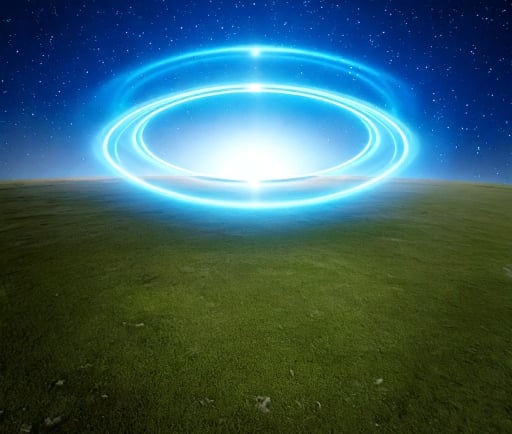The Ionized Hydrogen Halos in Galaxies


Introduction to Ionized Hydrogen Gas Halos
The cosmos is a tapestry of intricate structures, and one of the most fascinating components of this tapestry is the halo of ionized hydrogen gas found in galaxies. These halos are not merely aesthetic phenomena; they play a pivotal role in our understanding of galaxy formation and evolution. In this discourse, we will explore the nature and significance of these ionized hydrogen gas halos and their implications for astrophysics.
The Formation of Ionized Hydrogen Gas Halos
Ionized hydrogen gas halos, also known as H II regions, are produced primarily by the energetic radiation emitted from young, hot stars. As these stars form, they emit ultraviolet light that energizes nearby hydrogen gas, leading to ionization. The resultant halos surround the galaxies, often extending over vast distances. These ionized regions are crucial as they signify active star formation and reveal the dynamics of the interstellar medium within galaxies.
Significance in Astrophysics
The presence of ionized hydrogen gas halos in galaxies carries profound information about the cosmic environment. The study of these regions helps astrophysicists understand the processes involved in star formation and the distribution of matter within galaxies. Furthermore, the analysis of the spectral lines emitted by ionized hydrogen gas provides insights into the temperature, density, and dynamics of these regions. As research advances, understanding these halos may unlock new knowledge regarding the lifecycle of galaxies and their interactions with surrounding cosmic structures.
In summary, the halos of ionized hydrogen gas in galaxies are critical components that enhance our understanding of the universe. Ongoing research into these regions will continue to unravel the mysteries surrounding galaxy formation and evolution, potentially reshaping our comprehension of the cosmos.
